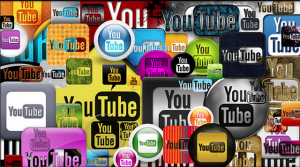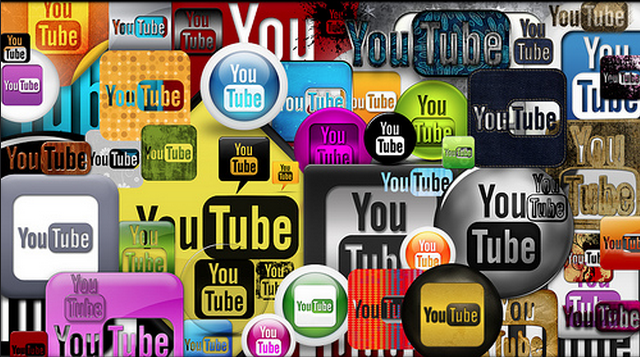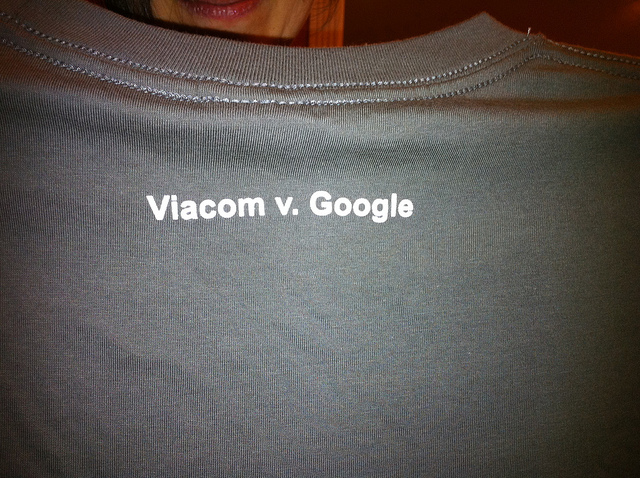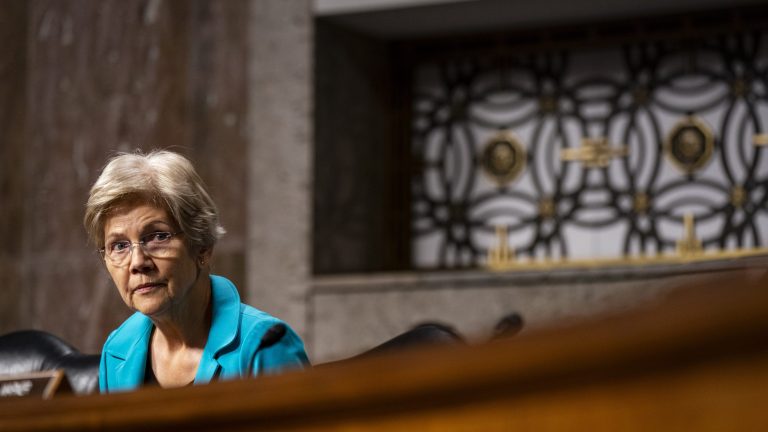Video-sharing site YouTube has come a long way since co-founder Jawed Karim uploaded the site's first video exactly 10 years ago today. The unremarkable-turned-remarkable clip focuses on elephants.
"The cool thing about these guys is that they have really, really long trunks. And that's pretty much all there is to say," says Karim.
The footage lasts 19 seconds; today, "Me at the zoo" boasts a million views for every one of those seconds. In retrospect, Karim's throwaway video sparked a true watershed moment, the beginning of a technological and cultural phenomena that nobody could have envisioned. YouTube, which debuted publicly days after that first upload, has since evolved (or devolved) to host everything from cat videos to movies to music videos. DIY videos, news clips, and political statements are made by both professionals and amateurs alike—and all are available on a global scale. The site famously has more than a billion users and adds 300 hours of new video every minute.
But as important as Karim's small step was, YouTube, its competitors, and the Web as we know it likely wouldn't be here today (or would look awfully different) if it wasn't for another act—this one from Congress way back in 1998, when it passed legislation called the Digital Millennium Copyright Act (DMCA).
DMCA isn't just about cat videos
Nobody at the time the DMCA was enacted knew exactly what the Internet would become. In some sense, the law was a matter of prediction. "In Congress' mind, this is what it took to update copyright law for the new millennium," Eric Goldman, a Santa Clara University School of Law professor, told Ars.
Then-President Bill Clinton signed H.R. 2281 on October 28, 1998. In a signing statement, Clinton said the Act would balance "the interests of both copyright owners and users." The measure was an outgrowth of international copyright treaties, called the WIPO Internet Treaties, that the United States was participating in. But perhaps more importantly, the DMCA came amid intense lobbying from the entertainment industry. Given the rise of the Internet and devices allowing a la carte entertainment consumption, content creators feared their intellectual property would be undermined by emerging technology. That's why the DMCA makes it illegal, for example, to market technology enabling the unscrambling of the encryption on DVDs.




 Loading comments...
Loading comments...
